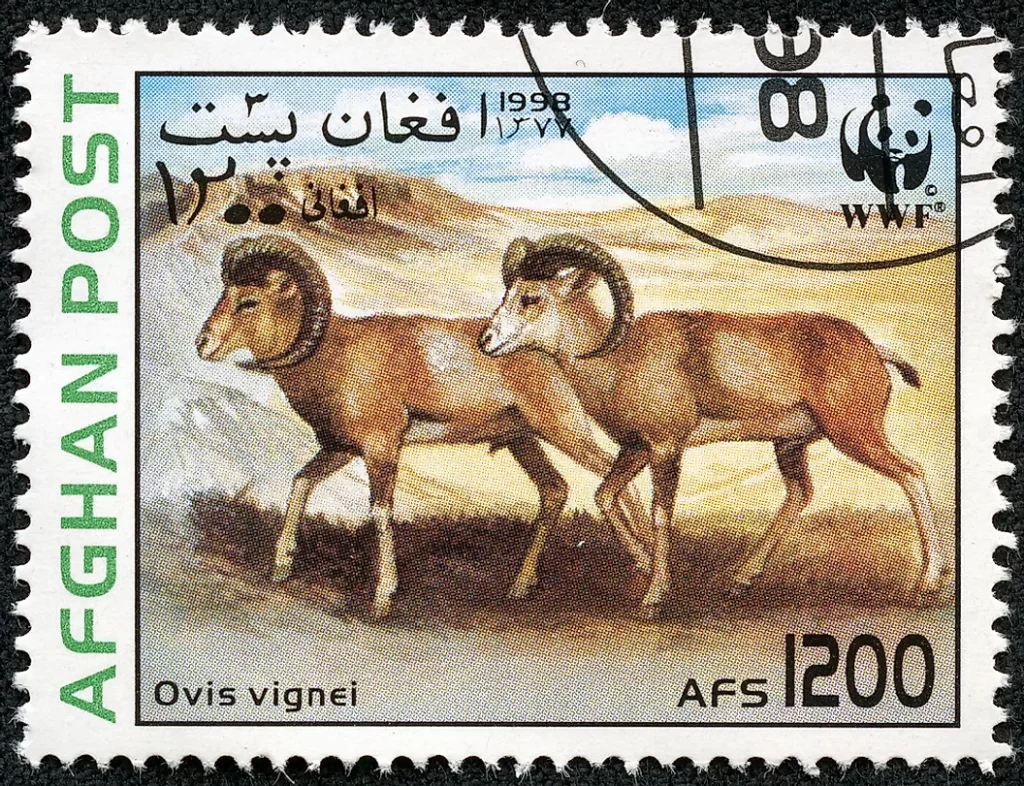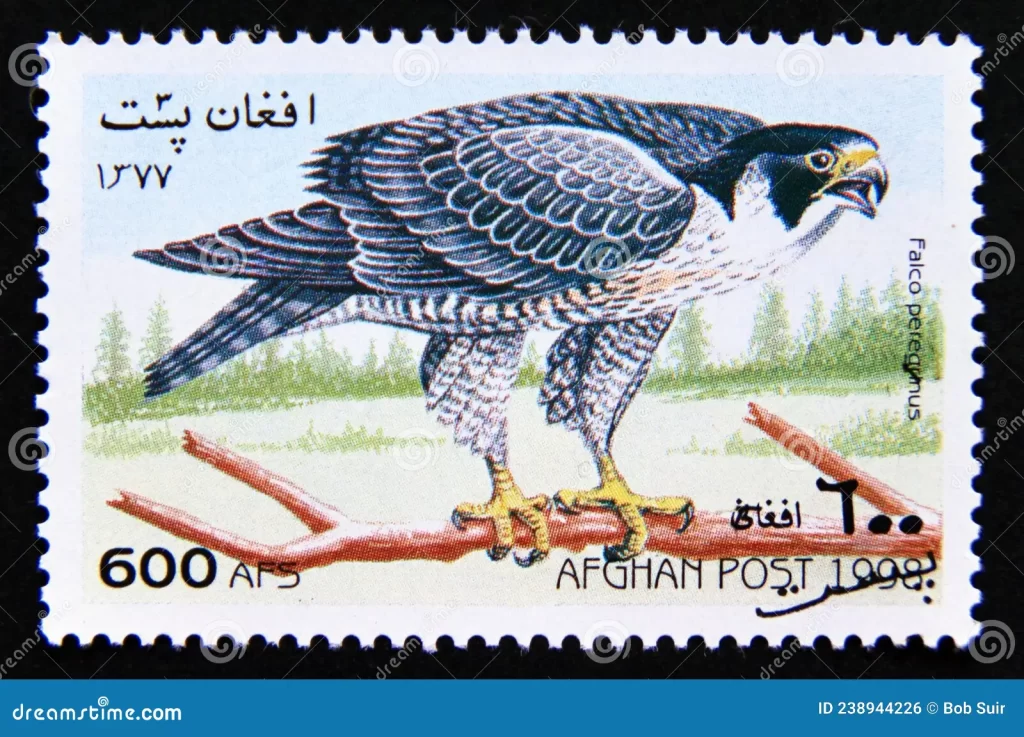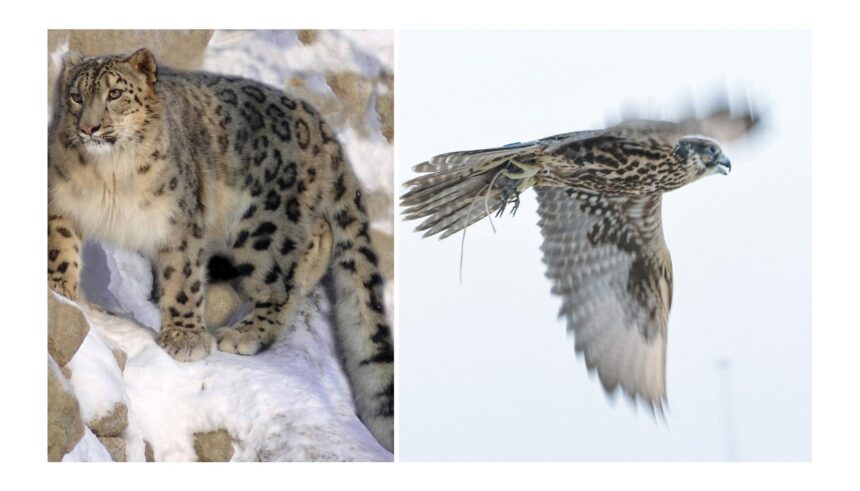With its rugged mountains and sweeping deserts, Afghanistan is a land of stunning natural beauty. But beyond its dramatic landscapes lies a lesser-known treasure: a diverse array of Afghan animals that have adapted to survive in some of the harshest conditions on earth.
From the elusive snow leopard stealthily navigating the peaks of the Hindu Kush to the resilient Afghan urial bravely traversing the rocky steppes, Afghanistan’s varied ecosystems are a haven for unique and captivating wildlife. Yet, these creatures are not without their struggles. They face significant challenges, including the threat of illegal hunting, the instability of their political environment, and the harsh realities of climate change. This article delves into these Afghan animals, their habitats, and the ongoing efforts to protect them.
This article delves into the unique Afghan animal species, highlighting their habitats, conservation status, and challenges. We will explore the significant habitats, key species, and conservation efforts to protect this vital part of Afghanistan’s natural heritage. Additionally, we will discuss the impact of illegal hunting, particularly of rare birds and falcons, and the effects of climate change on Afghan animals, such as habitat loss, changes in migration patterns, and increased competition for resources.
Geographic and Ecological Context
Geography: Afghanistan’s geography is dominated by the towering Hindu Kush mountain range, which runs northeast to southwest, dividing the country into various climatic zones. To the south lies the expansive Registan Desert, while fertile valleys and river basins can be found in the central and northern regions, all home to diverse Afghan animal species.
Climate and Ecosystems: The country’s climate ranges from arid desert conditions to temperate climates in higher altitudes. These diverse climates create a variety of ecosystems, including mountainous regions, forests, steppes, and wetlands, each supporting a distinct set of Afghan animal species.
Significant Habitats and Their Inhabitants
a. Mountainous Regions
Key Species:
- Snow Leopard: This iconic predator is well-adapted to the cold, high-altitude environment of the Hindu Kush. With its thick fur and robust build, the snow leopard is a master of stealth, crucial for hunting in rugged terrains. This Afghan animal is an essential part of the mountain ecosystem.
- Marco Polo Sheep: Named after the famous explorer, these sheep are known for their impressive spiral horns. They inhabit the high-altitude regions of the Pamirs and play a significant role in the local ecosystem of Afghan animals.
Adaptations: Snow leopards have developed thick, woolly fur and long tails for warmth and balance. Marco Polo sheep’s spiral horns are a defense mechanism and play a role in mating displays, showcasing the diversity of Afghan animal adaptations.
b. Forests and Valleys
Key Species:
- Asiatic Black Bear: Found in the forested areas of Afghanistan, these bears are recognizable by the white V-shaped mark on their chest. They forage for fruits, nuts, and small animals, crucial in seed dispersal among Afghan animal populations.
- Red Fox: Adaptable and widespread, the red fox is found throughout various habitats in Afghanistan. Its diet includes small mammals, birds, and insects, making it a key predator in maintaining ecological balance among Afghan animals.
Biodiversity: The forests and valleys are rich in flora and fauna, providing crucial habitats for numerous Afghan animal species. The diverse plant life supports a wide range of herbivores and, in turn, the predators that hunt them.
c. Desert and Steppe
Key Species:

- Afghan Urial: These wild sheep are adept at surviving in the arid, rocky environments of Afghanistan’s steppes. Their impressive horns and agile build enable them to navigate steep, rugged terrain.
- Striped Hyena: This nocturnal scavenger plays a vital role in the ecosystem by consuming carrion and keeping the environment clean. Despite their fearsome reputation, striped hyenas are generally shy and avoid human contact, showcasing the adaptability of Afghan animals.
Survival Strategies: The Afghan urial has developed a diet with harsh, dry grasses and shrubs. At the same time, the striped hyena’s scavenging behavior helps it survive in an environment where food can be scarce.
d. Wetlands and Rivers
Key Species:
- Pallas’s Cat: Also known as the manul, this tiny wild cat is well-adapted to the cold, arid steppes near water sources. Its dense, woolly fur helps it endure harsh climates.
- Siberian Crane and Dalmatian Pelican: These migratory birds depend on Afghanistan’s wetlands as crucial stopover points during their long migratory journeys. These Afghan animals are vital for maintaining ecological balance in wetland ecosystems.
Importance: Wetlands in Afghanistan, though limited, are vital for the survival of many Afghan animal species. These habitats support local wildlife and international migratory species, making their conservation a global concern.
Endangered and Threatened Species
List of Endangered Species in Afghanistan:
- Snow Leopard: Endangered due to habitat loss and poaching for its fur and bones.
- Marco Polo Sheep: Threatened by poaching and habitat fragmentation.
- Afghan Tortoise: Faces threats from habitat destruction and illegal pet trade.
- Bactrian Deer: Dwindling numbers due to overhunting and habitat degradation.
- Rare Birds and Falcons: Targeted for illegal hunting, driven by high demand from wealthy individuals, particularly in the Middle East. These Afghan animals are at significant risk due to illegal wildlife trade.

Threats: These species are primarily threatened by human activities such as habitat destruction, poaching, and illegal wildlife trade. Political instability further exacerbates these challenges by hindering conservation efforts.
Conservation Status: According to recent data, many Afghan animals are on the brink of extinction, requiring urgent conservation measures to ensure survival.
Conservation Efforts
a. National and International Initiatives
Organizations:
- Wildlife Conservation Society (WCS): Actively involved in projects to preserve the snow leopard and other endangered Afghan animals through community-based programs.
Projects: Successful conservation projects include community engagement initiatives that involve locals in protecting wildlife and sustainable livelihood programs that reduce dependence on poaching.
b. Protected Areas
Key Reserves:
- Wakhan Corridor: A sanctuary for species like the Marco Polo sheep and snow leopard, it promotes sustainable tourism and the conservation of Afghan animals.
- Band-e Amir National Park: Band-e Amir isAfghanistan’s first national park, protecting various species and promoting eco-tourism.
- Nuristan: Known for its dense forests and diverse wildlife, Nuristan is a crucial habitat for many Afghan animals, including rare birds and mammals, and plays a significant role in conservation efforts.
Benefits: Protected areas help safeguard habitats, allowing Afghan animals to thrive while promoting eco-friendly tourism that benefits local economies.
c. Community Involvement
Local Participation: Local communities are crucial in conservation efforts. Programs that educate and involve locals help create a sense of ownership and responsibility toward Afghan animal conservation.
Education and Awareness: Educational initiatives aim to inform the public about the importance of wildlife and encourage sustainable practices that benefit both people and Afghan animals.
Challenges to Conservation
Political Instability: Ongoing conflict and lack of effective governance hinder conservation efforts, making it challenging to enforce wildlife protection laws.
Economic Issues: Poverty and lack of resources drive illegal activities such as poaching and habitat destruction. Economic development is often prioritized over environmental conservation, impacting Afghan animals.
Enforcement: Weak enforcement of wildlife protection laws leaves many Afghan animals vulnerable to exploitation. Strengthening these laws and their enforcement is crucial for effective conservation.
Climate Change: The effects of climate change, such as shifting weather patterns and extreme events, significantly impact wildlife habitats. These changes can alter food availability, disrupt migration patterns, and increase vulnerability to diseases, affecting Afghan animals.
Success Stories
Case Studies:
- Snow Leopard Recovery: Community-based conservation programs have increased snow leopard populations in some regions.
- Marco Polo Sheep Protection: Efforts to protect and monitor these sheep have shown promising results, with a steady increase in numbers.
Innovative Solutions: Innovative approaches such as using technology for wildlife monitoring and involving local communities in conservation activities have proven effective in protecting endangered Afghan animals.
The Afghan Hound: Origin and Journey to the West
The Future of Afghan Wildlife
Prospects: The outlook for wildlife conservation in Afghanistan is mixed. While significant challenges remain, ongoing efforts by local and international organizations offer hope for the future of Afghan animals.
Global Impact: Afghanistan’s conservation efforts contribute to global biodiversity, highlighting the importance of international cooperation and support for protecting Afghan animals.
Summary: Afghanistan’s unique wildlife is integral to the country’s natural heritage. Despite significant threats, ongoing conservation efforts provide a glimmer of hope for the future of Afghan animals.
Call to Awareness: Raising awareness and supporting conservation initiatives are crucial to protecting Afghanistan’s biodiversity and ensuring the survival of Afghan animals.
Final Thought: The future of Afghanistan’s wildlife depends on our collective efforts to protect and preserve these incredible Afghan animals and their habitats for future generations.





